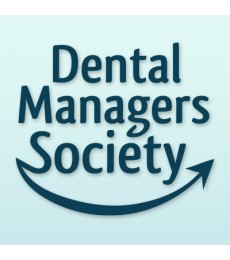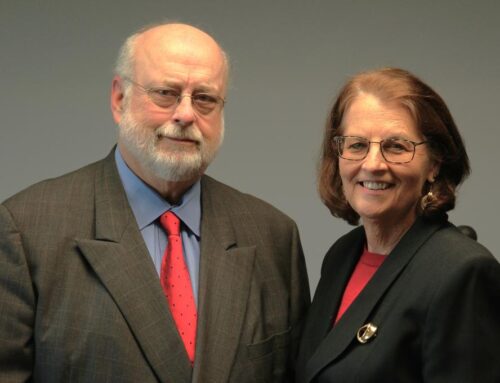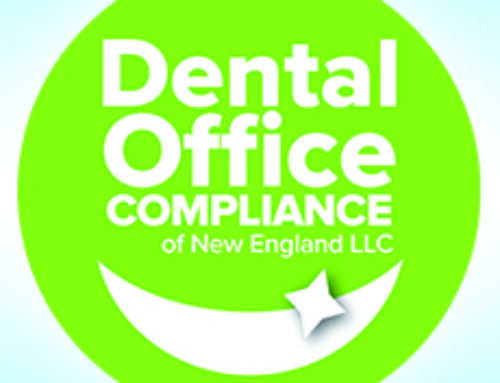There are simple methods of using income, expenses and collections to determine what the market value of a practice is, and most involve what are called “multipliers” to calculate the value of a practice by multiplying figures such as gross revenues, income, and expenses to calculate the value. These are better indicators of practice value beyond just the single figure of the most recent gross revenue. But even these methods based on objective statistics available to most accountants don’t reveal key aspects of the practice that are often subjective in nature and are more apparent to those experienced in dental practice valuations or who have regular dealings with dental practice owners or management.
This type of subjective analysis, beyond the figures, involves so many factors it is hard to discuss within the scope of one article, but is important enough to try. A good valuation will take each factor, assign it a numerical figure on a scale based on analysis of a practice owner’s responses to various questions and other factors that are unique to the practice.
Location is a key consideration in looking at practice value. In Massachusetts the demographics and fee paying ability of the patients making up the practice areas are considered, with practices in higher income areas worth more. Practices which rely heavily on MassHealth, which sets fees considerably lower than private insurance payers, may not be worth as much as those which take fees up front or rely on private insurance companies for reimbursement. A comparative analysis of what practices in the area have recently sold for is invaluable for weighing this factor.
The competitors in the area are a factor that should be looked at when looking at the value of a practice. This is where sometimes practices in less populated areas can thrive, when there are few dental practices within a certain radius of the practice location.
Looking at the active patient patient base is a good indicator of the health of the practice and its corresponding value. For this consideration, it is a good idea to pose the question of what an “active” patient is. Usually, an active patient means that they have come into the office for a procedure within the last twelve months. If it is merely for a hygiene procedure, they still could be considered an “active” patient, since when they need more complex work, they are likely to go to the dentist they see for preventive care. Check to see if the active patient count has remained steady over the past three years to determine the health of a practice. Also, the rise or fall in the number of new patients to replace a natural erosion of the active patient base should be weighed.
The age and worth of the equipment used is an important part of the value of the practice. Check out depreciation schedules on the practice’s tax returns to determine the equipment’s original cost and value, taking into account depreciation. A practice with the latest innovations in equipment will be worth more than a practice that has not kept up with new technology.
The looks of the practice weigh heavily on whether it is attractive to new patients. Are furnishings modern and is the reception area pleasant and well-lit? Has the office undergone renovations in the past few years to increase its value? Is it handicapped-accessible?
Satisfied and experienced staff is an important consideration in determining whether the practice will have value when it is sold. Patients are often loyal to dentists who have pleasant and veteran staff, hygienists, and dental assistants, so it is often important to retain this asset in a transition.
These more subjective factors can be weighed and combined with the financial analysis to ensure that a practice is well worth the asking price. Having someone with knowledge of these aspects of practices do the valuation is important.
Valuing a dental practice is sometimes oversimplified by prospective buyers who look at the gross revenue of a practice and multiply it by a percentage they have heard from word of mouth is the common indicator of how much a practice is worth. But sale prices should not be derived from simple formulas, since buyers need to know more than just the gross revenue for most recent year to calculate whether one practice is worth the asking price in comparison to others that are being looked at.

Contact Info:
Brian Hatch
Hatch Legal Group
8 North Main Street, Suite 403
Attleboro, MA 02703
HatchLegalGroup.com
brianhatch@hatchlawoffices.com
508-222-6400






